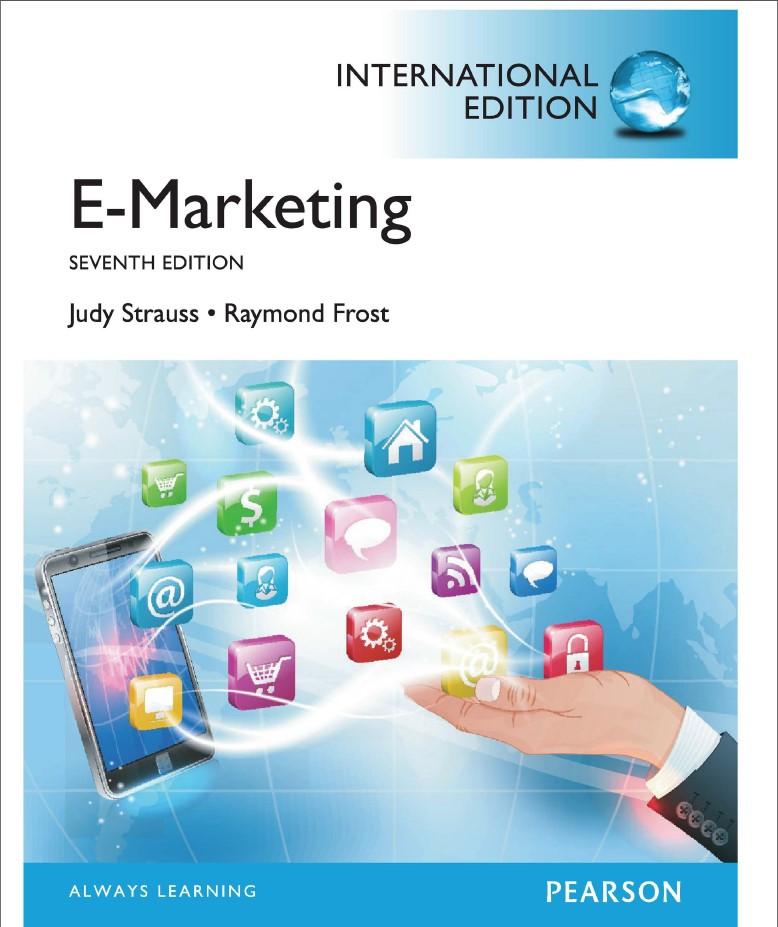Question
Research the Monetary and Fiscal policy decisions of Singapore You will have to track the policy decisions of the Government or Central Bank of Singapore
Research the Monetary and Fiscal policy decisions of Singapore
You will have to track the policy decisions of the Government or Central Bank of Singapore
-Describe the policies (use the table provided at the end as a guide to different policies that could have been implemented).
-Quantify the interventions - describe the actual monetary value of it. Describe it as a percentage of the GDP of the country.
-Compare the results to global trends with Australia and USA.
How did the actions of your chosen country compare?
Description & Examples
- Fiscal
- Direct Spending-Infrastructure, hospitals, public transit, etc.The government is buying the goods or services.
- Direct Transfers- Transfers for poor families, UE insurance payments, grants for businesses (no repayment), aid to states (not loans).Not that the government is not doing the actual spending in these cases.
- Tax Benefits and Cuts-Tax cuts for people or business, extending deadlines or adding exceptions.
- Loans-When repayment is expected (not a grant).To people, businesses, provinces, any other.
- Regulation-More flexible/simpler regulations, reducing firms' costs that are not taxes.
- Lockdown-Partial if it does not cover the whole country or lockdown not complete or loosely enforced.
2.Monetary
- Rate cuts-Traditional policy rate cuts (fed funds rate, discount rate, etc.)
- Lending to Government-CB directly buys government bonds (or other form of lending) from the central government.
- Change in Reserve Requirement-Change in bank's required reserve ratios.
- Credit Facilities to Financial Institutions-CB is lending to commercial and non-commercial banking institutions (eg. investment banks, money market funds)
- Credit Facilities to Corporations- CB is lending to non-financial institutions (ie. buying corporate bonds directly from firms).
- QE (large scale asset purchases)- CB is buying large/unlimited quantities of non-traditional assets (long-term gov bonds, corporate, etc.)
- Exchange Rate or Capital Controls-Government limits access to the foreign exchange market or restricts money otherwise coming in and out of the country.
Step by Step Solution
There are 3 Steps involved in it
Step: 1

Get Instant Access to Expert-Tailored Solutions
See step-by-step solutions with expert insights and AI powered tools for academic success
Step: 2

Step: 3

Ace Your Homework with AI
Get the answers you need in no time with our AI-driven, step-by-step assistance
Get Started


